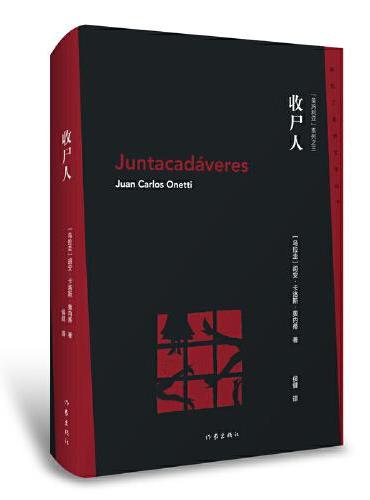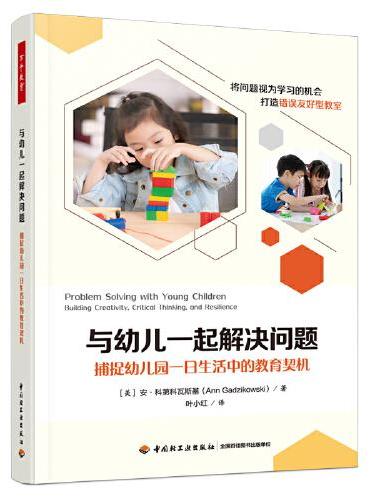新書推薦:

《
拯救免疫失衡
》
售價:NT$
254.0

《
收尸人
》
售價:NT$
332.0

《
大模型应用开发:RAG入门与实战
》
售價:NT$
407.0

《
不挨饿快速瘦的减脂餐
》
售價:NT$
305.0

《
形而上学与存在论之间:费希特知识学研究(守望者)(德国古典哲学研究译丛)
》
售價:NT$
504.0

《
卫宫家今天的饭9 附画集特装版(含漫画1本+画集1本+卫宫士郎购物清单2张+特制相卡1张)
》
售價:NT$
602.0

《
化妆品学原理
》
售價:NT$
254.0

《
万千教育学前·与幼儿一起解决问题:捕捉幼儿园一日生活中的教育契机
》
售價:NT$
214.0
|
| 內容簡介: |
继Effective C++之后,Scott Meyers于1996推出这本“续集”。条款变得比较少,页数倒是多了一些,原因是这次选材比“*集”更高阶,尤其是第5章。Meyers将此章命名为技术(techniques),并明白告诉你,其中都是一些patterns,例如virtual constructors,smart pointers,reference counting,proxy classes,double dispatching……这一章的每个条款篇幅都达15~30 页之多,实在让人有“山重水复疑无路,柳暗花明又一村”之叹。
虽然出版年代稍嫌久远,但本书并没有第2版,原因是当其出版之时(1996),C++ Standard已经几乎定案,本书即依当时的标准草案而写,其与现今的C++ 标准规范几乎相同。而且可能变化的几个弹性之处,Meyers也都有所说明与提示。读者可以登录作者提供的网址,看看上下两集的勘误与讨论(数量之多,令人惊恐。幸好多是技术讨论或文字斟酌,并没有什么重大误失)。
|
| 目錄:
|
目 录
译序(侯捷)ix
导读(Introduction)001
基础议题(Basics)009
条款1:仔细区别 pointers 和 references009
Distinguish between pointers and references.
条款2:最好使用 C++ 转型操作符012
Prefer C++-style casts.
条款3:绝对不要以多态(polymorphically)方式处理数组016
Never treat arrays polymorphically.
条款4:非必要不提供 default constructor019
Avoid gratuitous default constructors.
操作符(Operators)024
条款5:对定制的“类型转换函数”保持警觉024
Be wary of user-defined conversion functions.
条款6:区别 incrementdecrement 操作符的
前置(prefix)和后置(postfix)形式031
Distinguish between prefix and postfix forms of increment
and decrement operators.
条款7:千万不要重载&&,||和, 操作符035
Never overload &&, ||, or ,.
条款8:了解各种不同意义的 new 和 delete038
Understand the different meanings of new and delete
异常(Exceptions)044
条款9:利用 destructors 避免泄漏资源045
Use destructors to prevent resource leaks.
条款10:在 constructors 内阻止资源泄漏(resource leak)050
Prevent resource leaks in constructors.
条款11:禁止异常(exceptions)流出 destructors 之外058
Prevent exceptions from leaving destructors.
条款12:了解“抛出一个 exception”与“传递一个参数”
或“调用一个虚函数”之间的差异061
Understand how throwing an exception differs from
passing a parameter or calling a virtual function.
条款13:以 by reference 方式捕捉 exceptions068
Catch exceptions by reference.
条款14:明智运用 exception specifications072
Use exception specifications judiciously.
条款15:了解异常处理(exception handling)的成本078
Understand the costs of exception handling.
效率(Efficiency)081
条款16:谨记 80-20 法则082
Remember the 80-20 rule.
条款17:考虑使用 lazy evaluation(缓式评估)085
Consider using lazy evaluation.
条款18:分期摊还预期的计算成本093
Amortize the cost of expected computations.
条款19:了解临时对象的来源098
Understand the origin of temporary objects.
条款20:协助完成“返回值优化(RVO)”101
Facilitate the return value optimization.
条款21:利用重载技术(overload)避免隐式类型转换(implict type conversions)105
Overload to avoid implicit type conversions.
条款22:考虑以操作符复合形式(op=)取代其独身形式(op)107
Consider using op= instead of stand-alone op.
条款23:考虑使用其他程序库110
Consider alternative libraries.
条款24:了解 virtual functions、multiple inheritance、virtual base classes、
runtime type identification 的成本113
Understand the costs of virtual functions, multiple inheritance,
virtual base classes, and RTTI.
技术(Techniques, Idioms, Patterns)123
条款25:将 constructor 和 non-member functions 虚化123
Virtualizing constructors and non-member functions.
条款26:限制某个 class 所能产生的对象数量130
Limiting the number of objects of a class.
条款27:要求(或禁止)对象产生于 heap 之中145
Requiring or prohibiting heap-based objects.
条款28:Smart Pointers(智能指针)159
条款29:Reference counting(引用计数)183
条款30:Proxy classes(替身类、代理类)213
条款31:让函数根据一个以上的对象类型来决定如何虚化228
Making functions virtual with respect to more than one object.
杂项讨论(Miscellany)252
条款32:在未来时态下发展程序252
Program in the future tense.
条款33:将非尾端类(non-leaf classes)设计为
抽象类(abstract classes)258
Make non-leaf classes abstract.
条款34:如何在同一个程序中结合 C++ 和 C270
Understand how to combine C++ and C in the same program.
条款35:让自己习惯于标准 C++ 语言277
Familiarize yourself with the language standard.
推荐读物285
auto_ptr 实现代码291
索引(一)(General Index)295
索引(二)(Index of Example Classes,Functions,and Templtes)313
|
|










